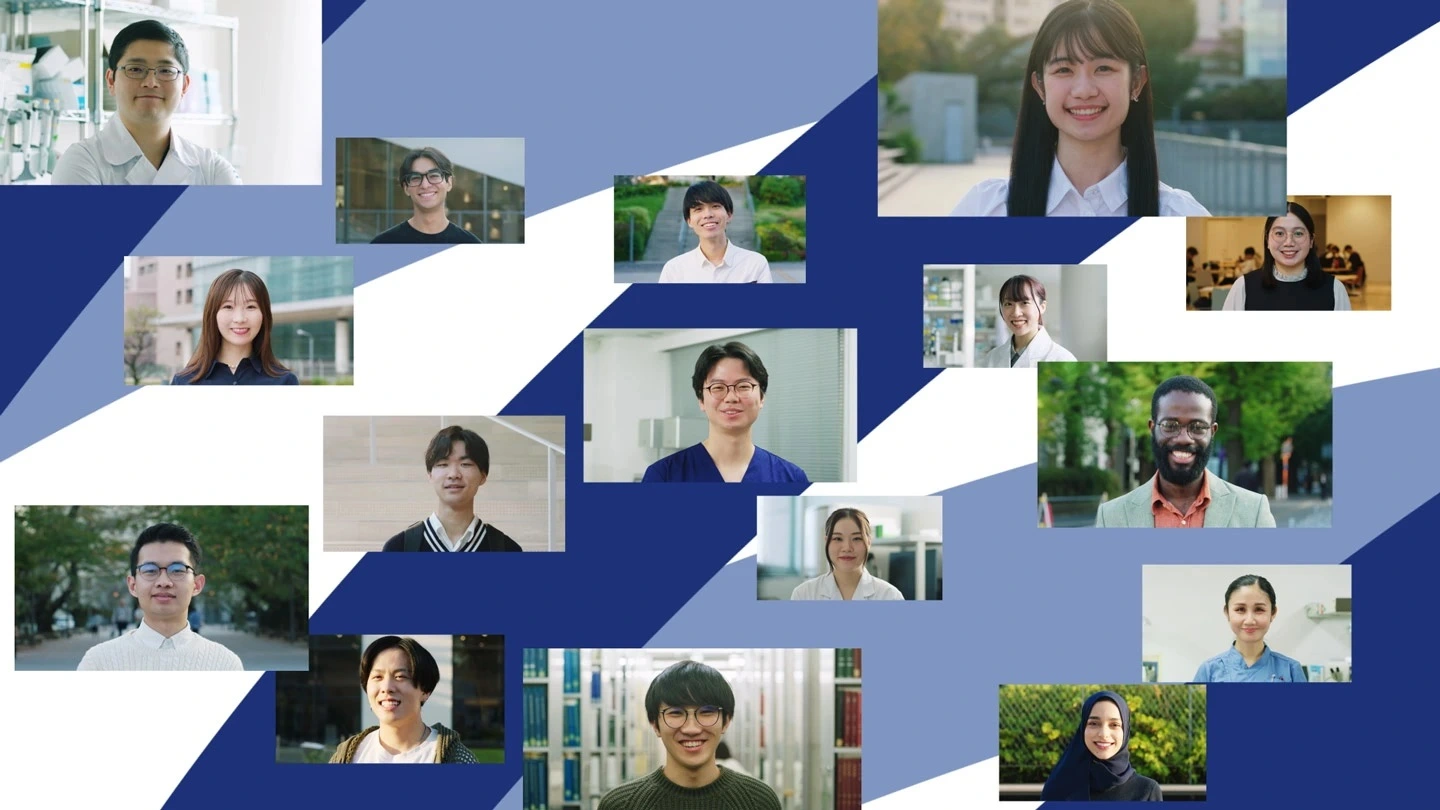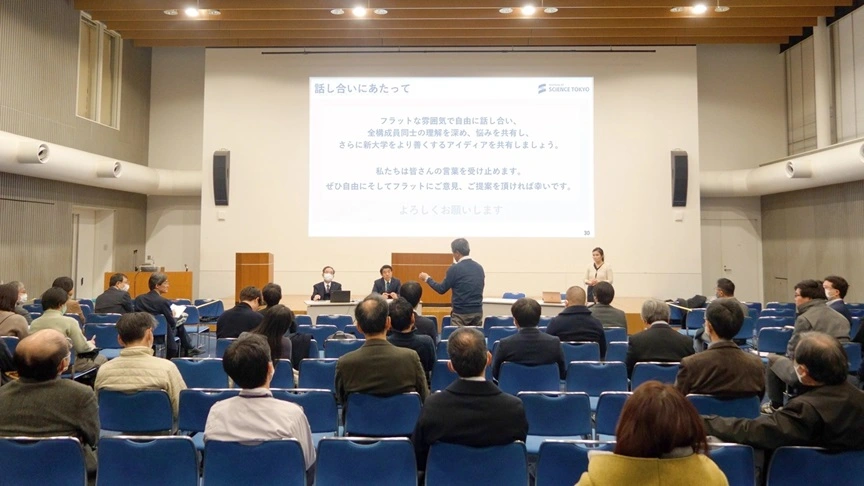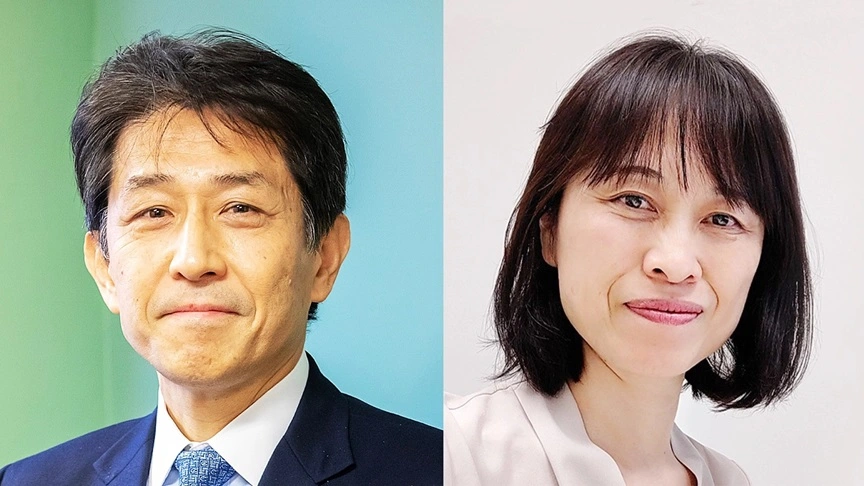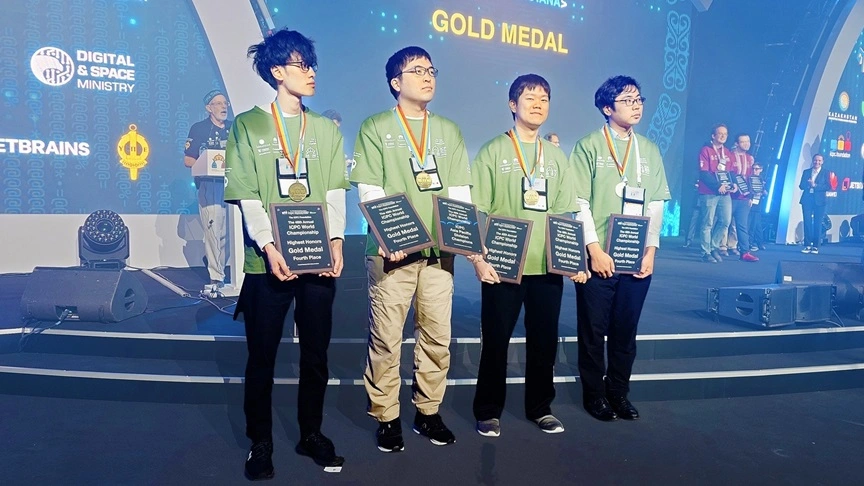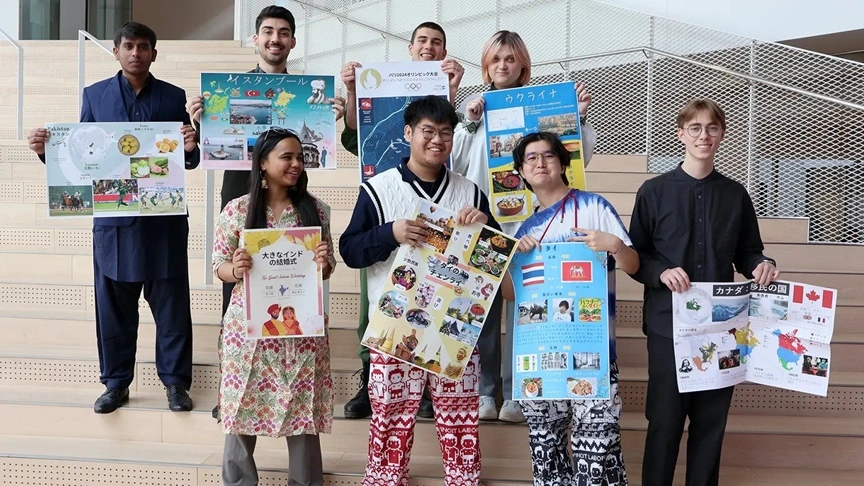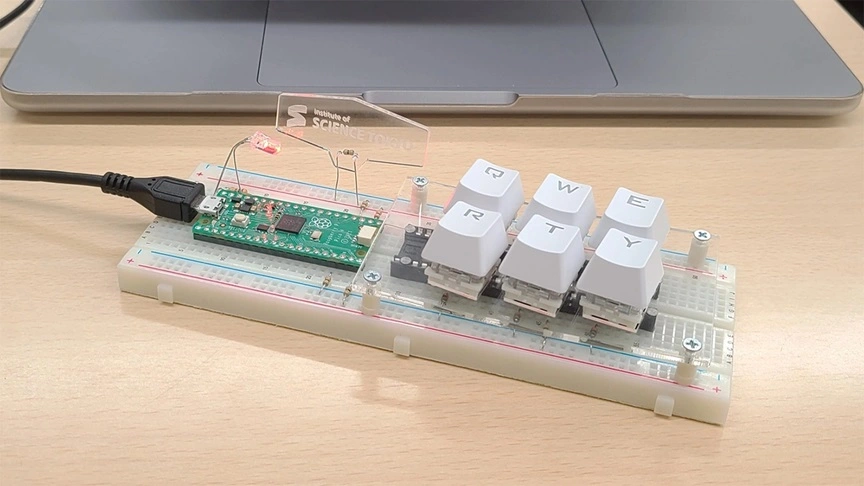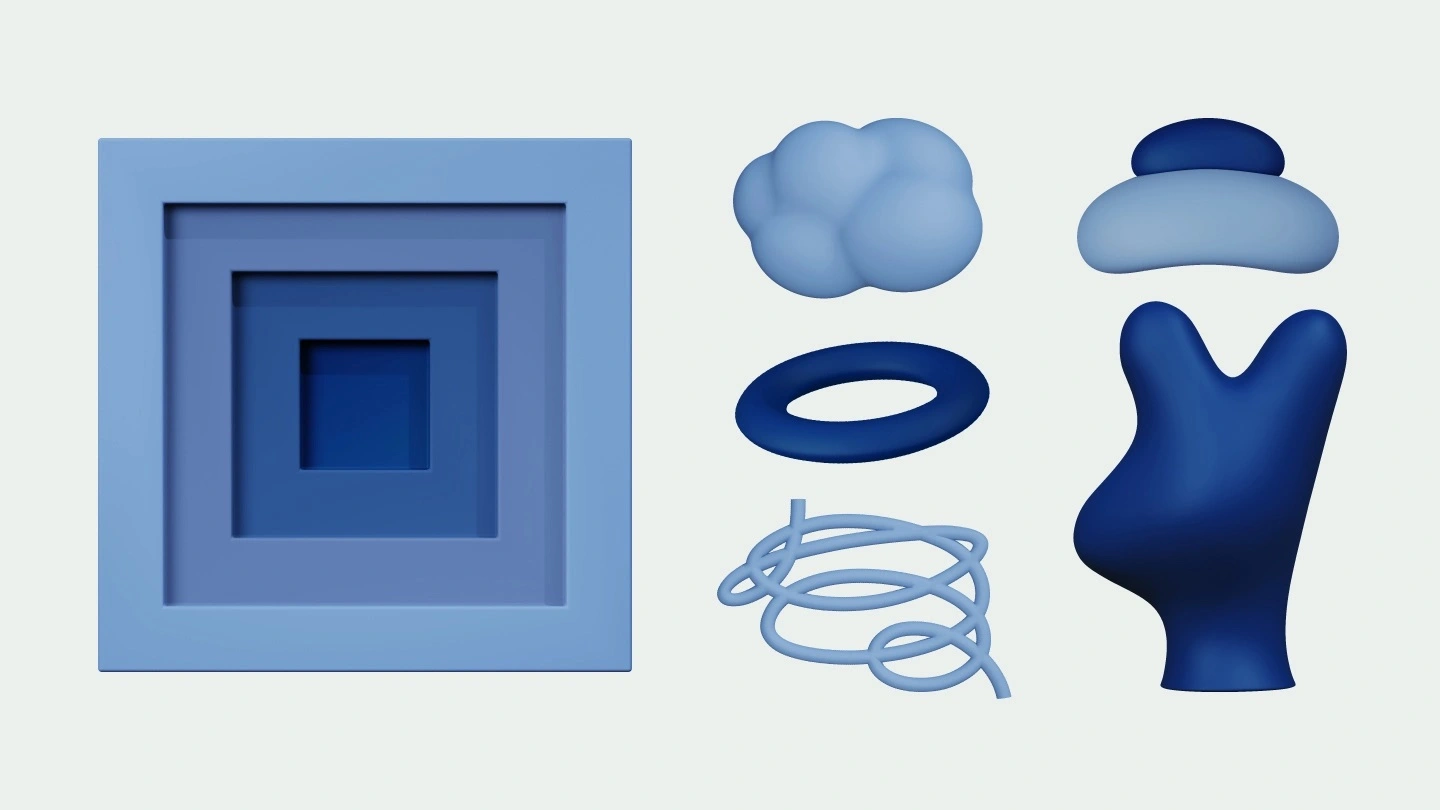
「Science Tokyo Bulletin(サイエンストーキョーブリテン)」は、東京科学大学の研究成果やニュース記事、学生の活動などを紹介し国内外へ広く配信する英文メールニュースです。この度、Science Tokyo Bulletin #1 – Mar. 2025が発行されました。
メールでの配信をご希望の方は申込フォームからご登録ください。
Highlights
Institute of Science Tokyo established on October 1, 2024
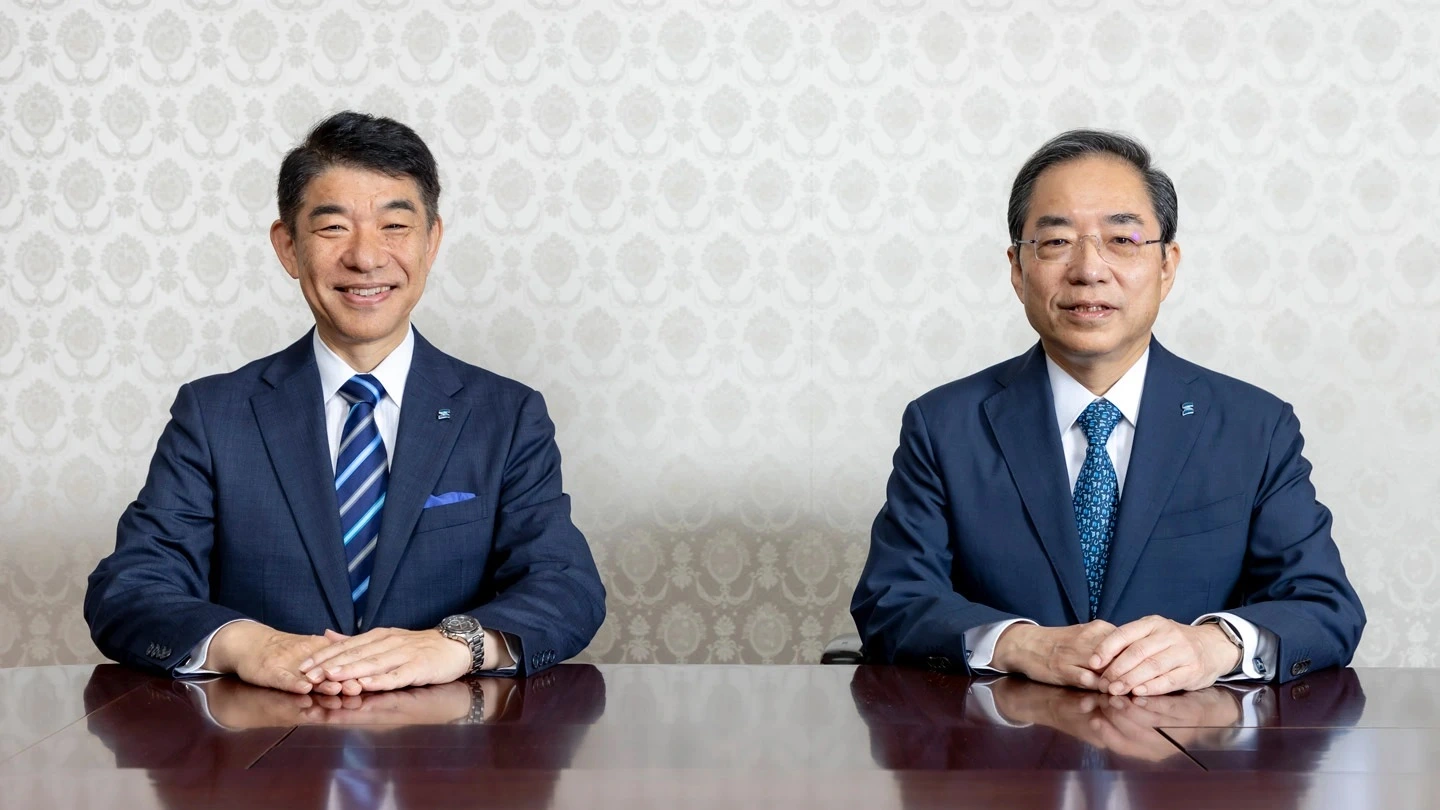
Institute of Science Tokyo (Science Tokyo) opened its doors on October 1, 2024, following the merger between Tokyo Medical and Dental University and Tokyo Institute of Technology, and Naoto Ohtake began his duties as the inaugural president and chief executive officer (CEO). On the same day, Ohtake appointed Yujiro Tanaka as president and chief academic officer (CAO) of Science Tokyo, marking a great step forward following the unprecedented integration of two national university corporations. Science Tokyo will become a new type of institution, which no other university has been able to achieve. It aims to serve as a center of international excellence in education and research while forging a vibrant future for and with society.
Believing in the transformative power of science to create a better, brighter future
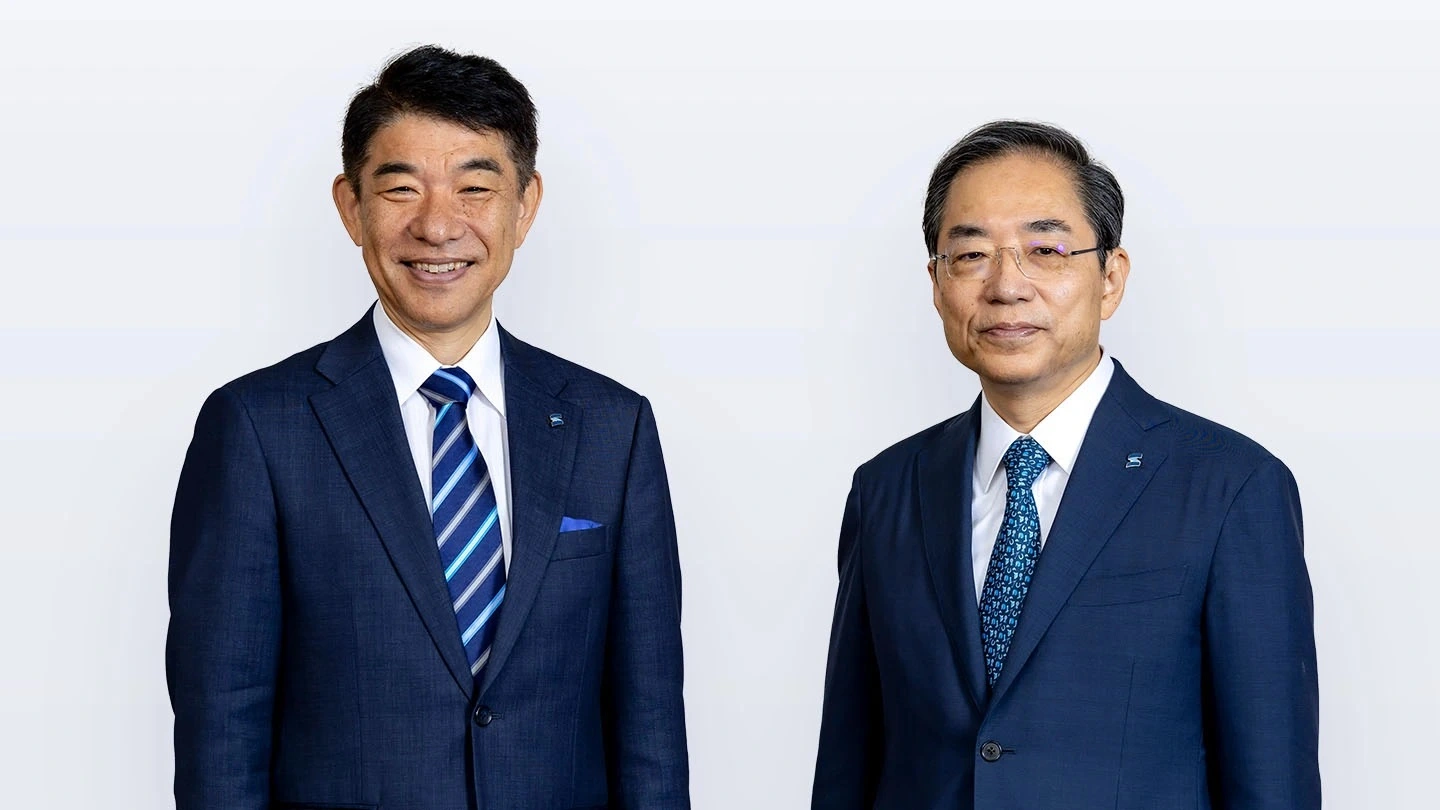
Message from Chief Executive Officer and Chief Academic Officer.
We have faith in the power of science and are unleashing the power of science to create a better, brighter future. Our role is to use the power of science to realize a better life, a better society, and a better planet. Science Tokyo is a university that develops and nurtures professionals who embrace this role.
Defying Convention: New Approaches to Realizing Artificial Photosynthesis—Kazuhiko Maeda
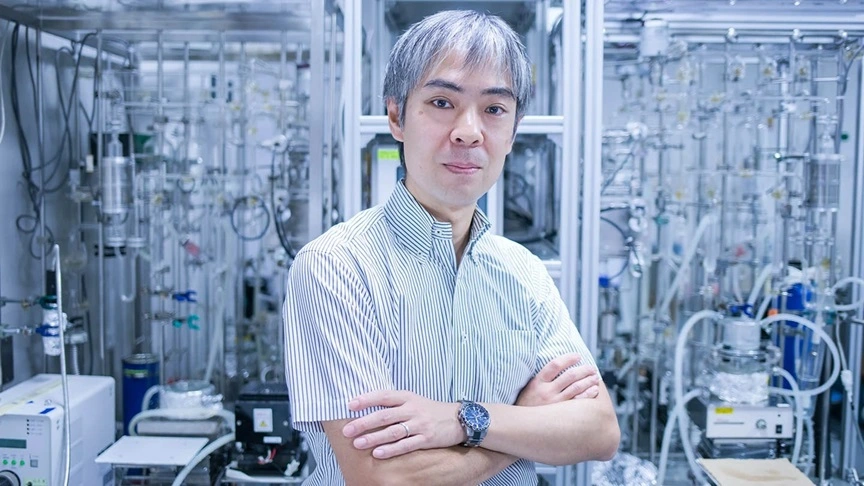
Artificial photosynthesis is the use of technology to mimic natural photosynthesis. Japan has been a leader in this advancing field. Professor Kazuhiko Maeda at the Department of Chemistry, School of Science is defying conventional approaches to develop highly efficient photocatalysts. His contributions have earned international recognition, with Clarivate naming him a Highly Cited Researcher in Chemistry for four consecutive years starting in 2018.
Molecular Research Reveals New Pathways for Treating Psychiatric Disorders—Hiroki Shiwaku
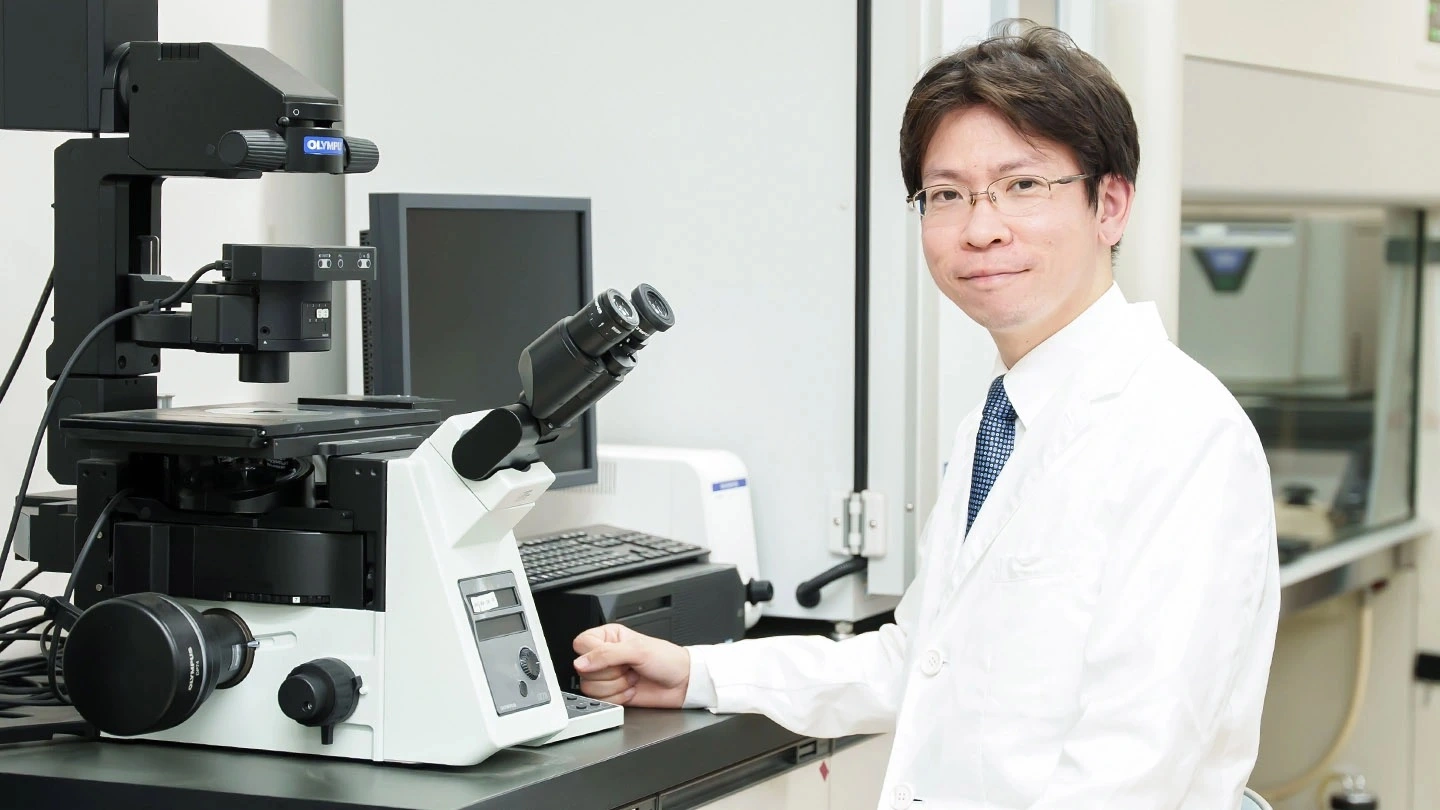
Psychiatric disorders, despite their known link to genetic and environmental factors, continue to challenge scientists seeking to understand how they develop, even for extensively studied conditions like schizophrenia.Making significant strides in this field, Hiroki Shiwaku, a psychiatrist and associate professor in the Department of Psychiatry and Behavioral Sciences, leads research that examines schizophrenia’s pathogenesis at a molecular and cellular level. His research team identified novel autoantibodies in schizophrenia patients’ blood and cerebrospinal fluid that could be targeted in future treatment, and uncovered relationships between the interactions of products of high-risk genes for schizophrenia.
Research
From Order to Chaos: Understanding the Principles Behind Collective Motion in Bacteria
Researchers from Science Tokyo have discovered that bacterial swarms transition from stable vortices to chaotic turbulence through distinct intermediate states. Combining experiments with bacterial swarms, computer simulations, and mathematical modeling, the team clarified the intricate process by which orderly swirling turns to disordered turbulence as the free space available to bacteria increases. These findings provide new insights into active matter physics and could inform future applications in micro-robotics, biosensing, and active fluid-based micro-scale systems.
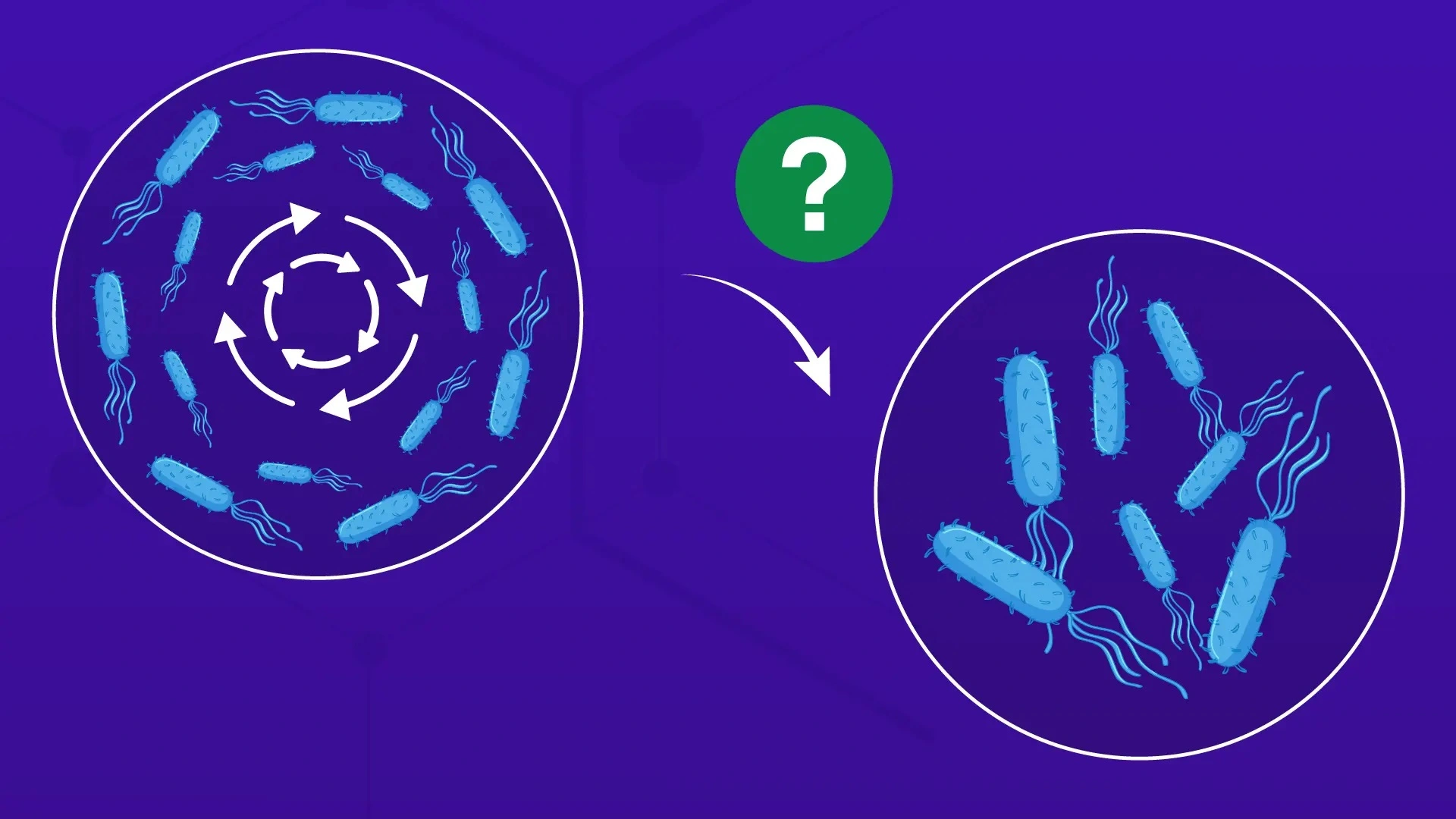
Breakthrough in High-Performance Oxide-Ion Conductors Using Rubidium
Rubidium could be the next key player in oxide-ion conductors. Researchers at Science Tokyo have discovered a rare rubidium (Rb)-containing oxide-ion conductor, Rb5BiMo4O16, with exceptionally high conductivity. Identified through computational screening and experiments, its superior performance stems from low activation energy and structural features like large free volume and tetrahedral motion. Its stability under various conditions offers a promising direction for solid oxide fuel cells and clean energy technologies.
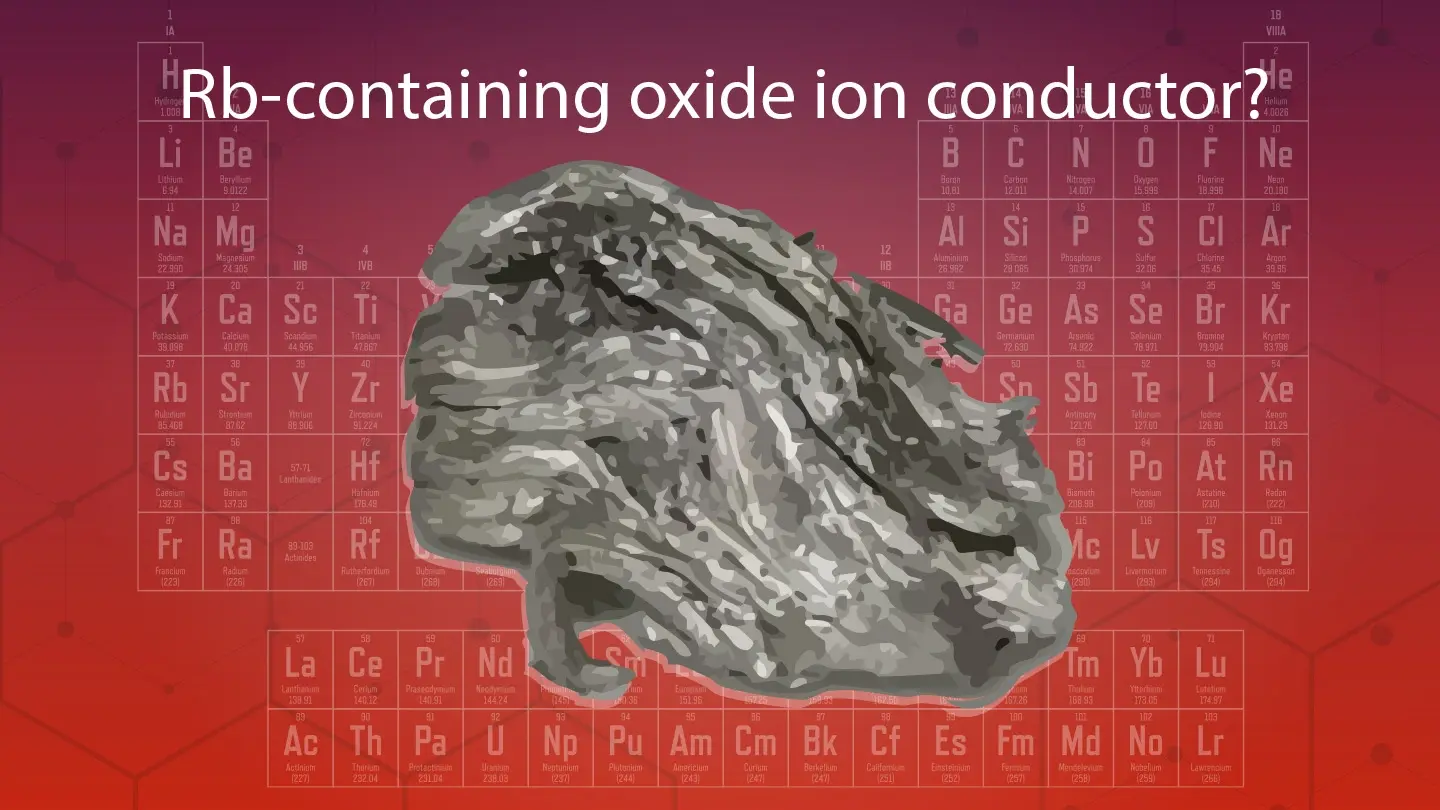
Detecting Cancer in Urine: Nanowire-based Capture of Micro-Ribonucleic Acids
The detection of cancer-associated micro-ribonucleic acids (miRNAs) in urine through a combination of nanowire-based miRNA extraction and machine learning (ML) analysis by researchers from Science Tokyo can fuel the development of early-stage cancer diagnostic tools. The nanowire-based capture and extraction of miRNAs in urine enabled the detection of more than 2,000 distinct miRNA species, while the ML-based classifier accurately distinguished between cancerous and noncancerous samples.
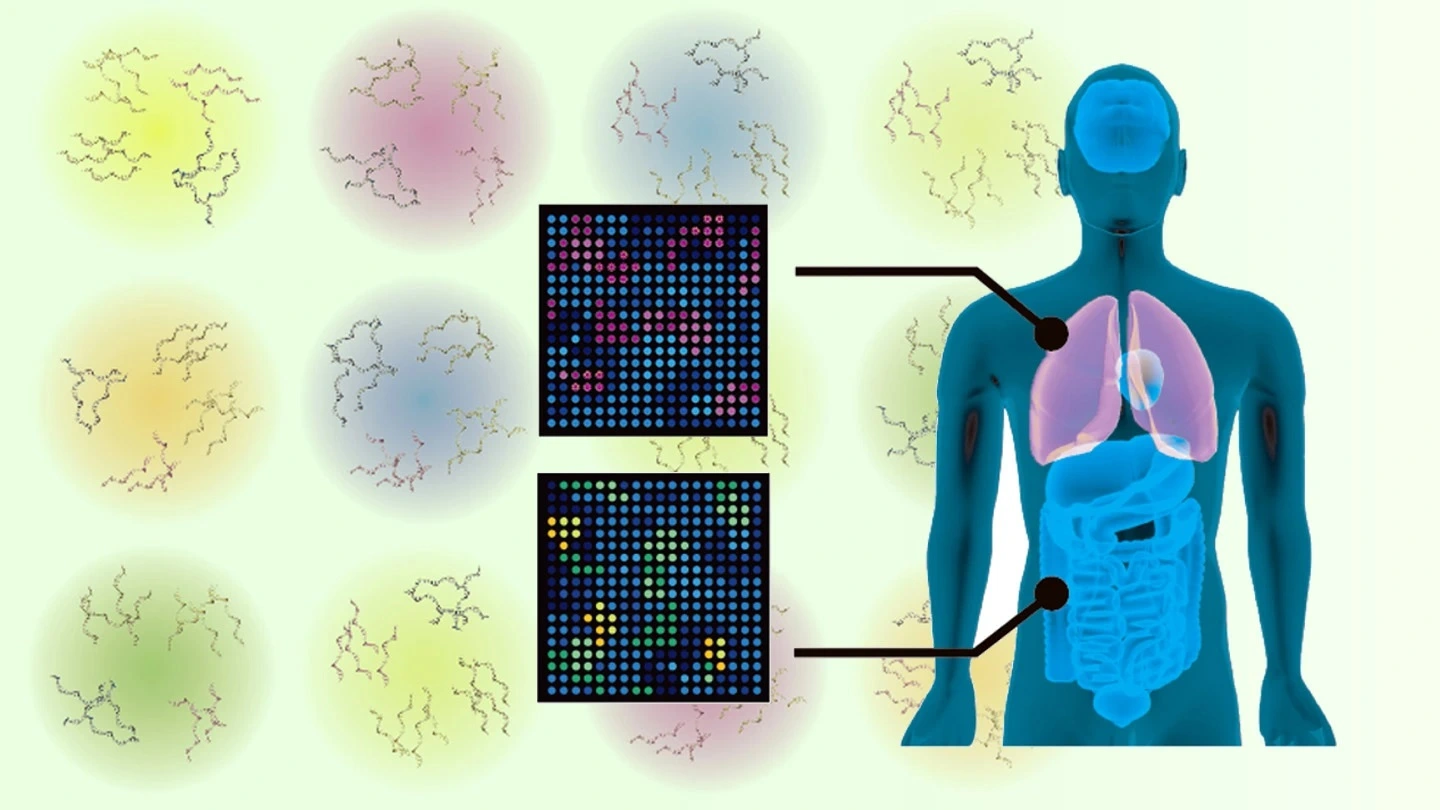
Wide-Incident-Angle Wideband Radio-Wave Absorbers Boost 5G and Beyond 5G Applications
A collaborative research team, including Science Tokyo, has developed wide-incident-angle radio-wave absorbers for millimeter-wave and terahertz applications. These absorbers demonstrate wideband frequency absorption up to an incident angle of 60 degrees, made possible through the use of frequency selective surface (FSS) patterns. This innovation greatly improves the absorbers' efficiency in advanced communication systems, such as 5G and Beyond 5G networks. Notably, the absorbers also allow low-frequency signals, like Wi-Fi, to pass through. This dual functionality makes them highly versatile and suitable for modern communication systems that demand both high-frequency signal absorption and low-frequency transmission.
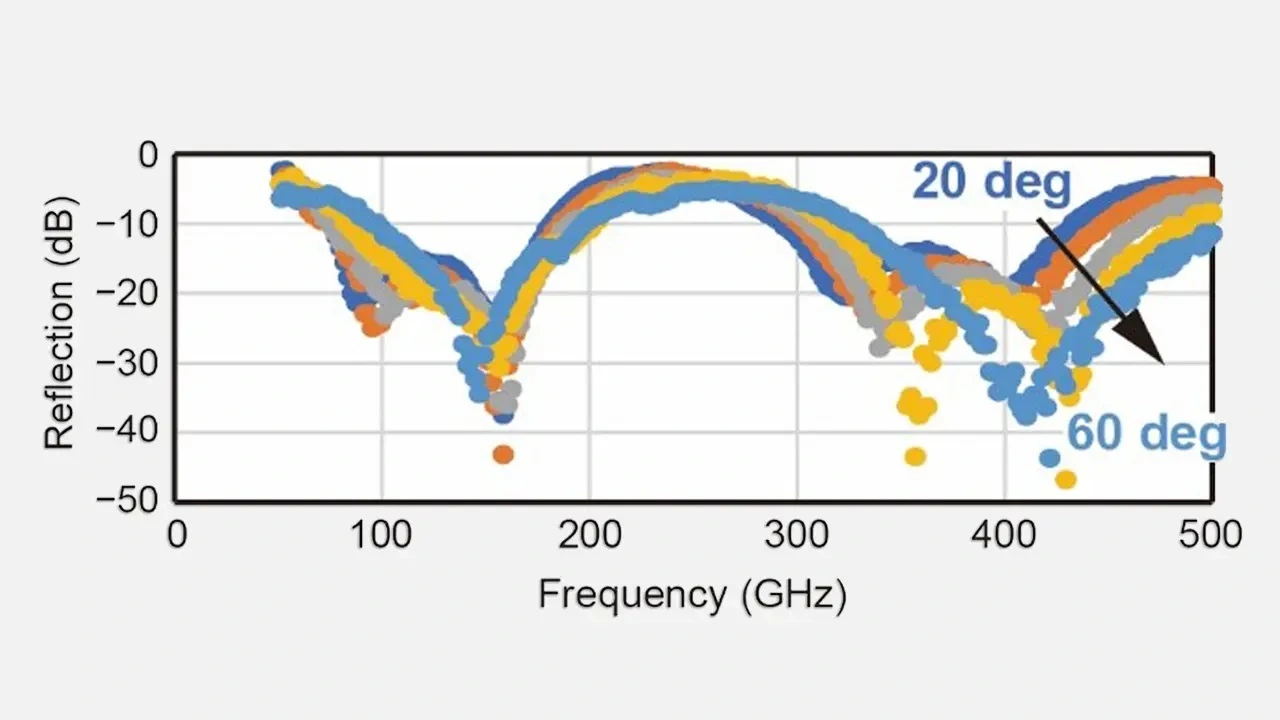
Tongue Cancer Organoids Reveal Secrets of Chemotherapy Resistance
Tongue cancer (TC) cells can enter a chemo-resistant state by activating pathways related to autophagy and cholesterol synthesis, report researchers from Science Tokyo. Using a large-scale library of TC organoids they developed, the researchers performed comprehensive comparative analyses of chemo-sensitive and chemo-resistant cells. Their efforts shed light on promising avenues toward new treatments for tongue cancer.
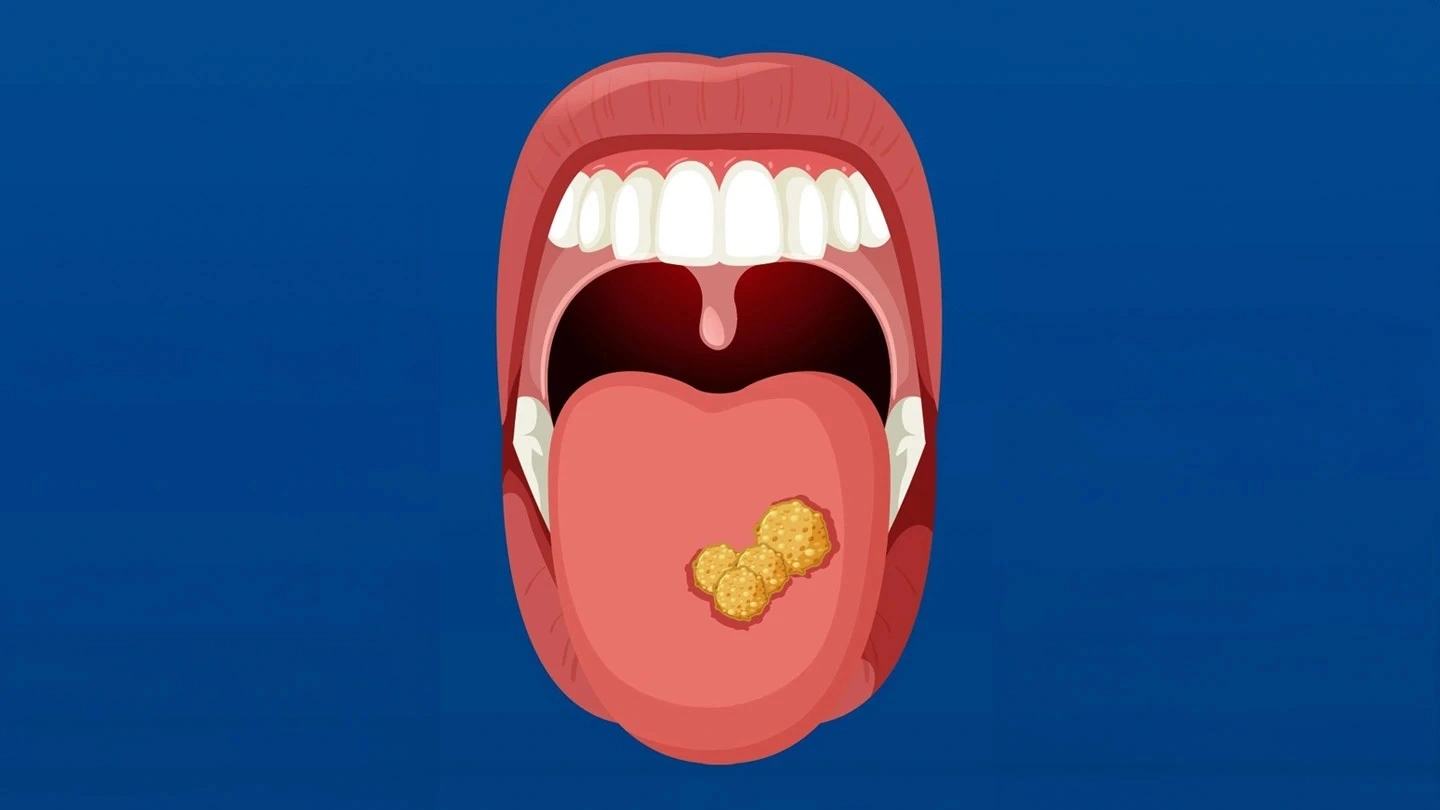
CeSPIACE: A Broad-Spectrum Peptide Inhibitor Against Variable SARS-CoV-2 Spikes
Frequent mutations of SARS-CoV-2 have reduced the effectiveness of vaccines, highlighting the need for mutation-resistant treatments. In a collaborative study, researchers from Science Tokyo, Japan developed CeSPIACE, a peptide inhibitor that blocks the virus from binding to host cell receptors. Unlike some existing treatments, CeSPIACE works against many variants, including those from the original strain to Omicron XBB.1.5. This breakthrough could help prevent and treat COVID-19.
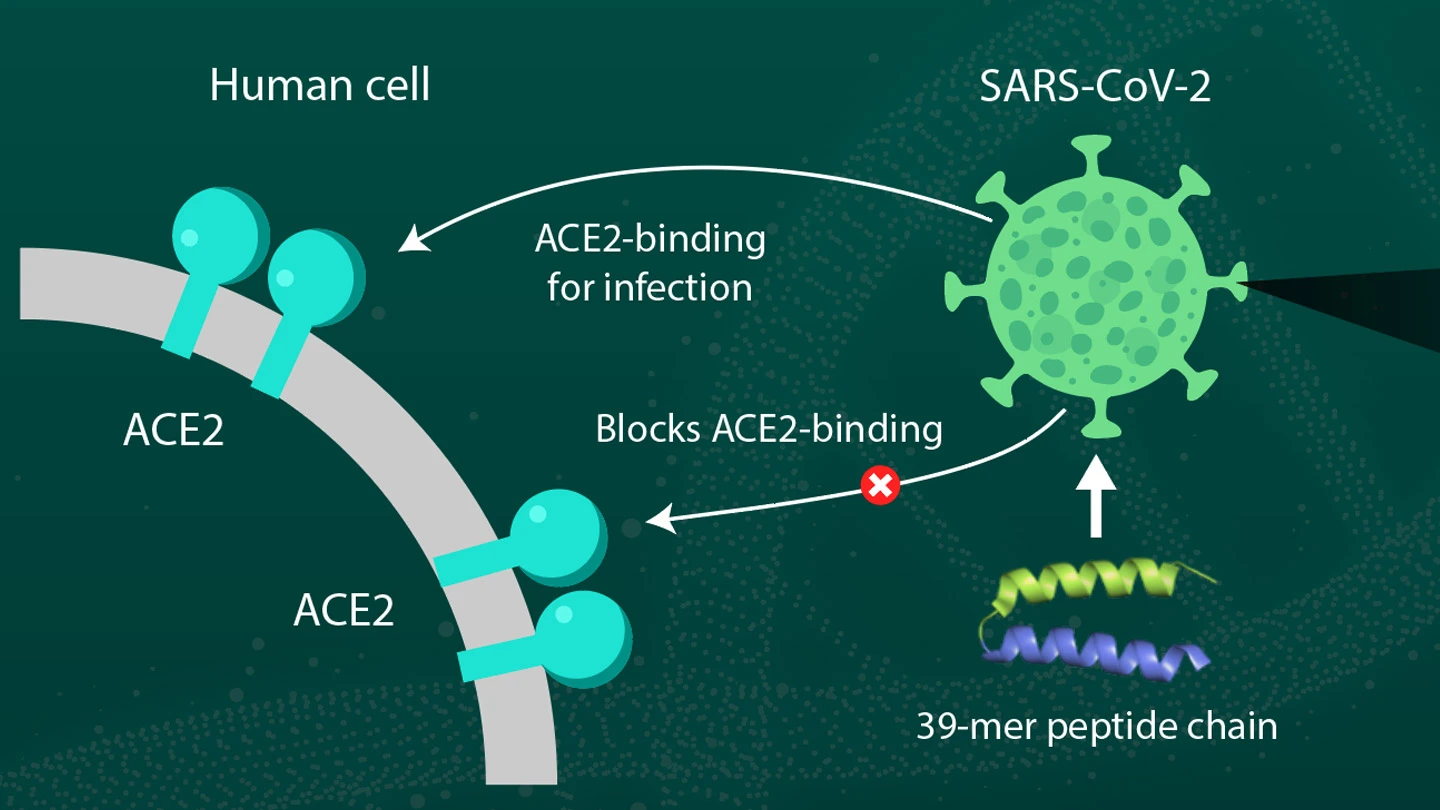
Novel Molecular Insights into Bone Remodeling
The discovery of a family with sequence similarity 102 member A (Fam102a) protein as a novel bone remodeling factor that regulates both osteoclast and osteoblast differentiation can aid the development of innovative therapeutic strategies to counter osteoporosis. Their research findings reveal the intrinsic role of Fam102a in the nuclear trafficking of key transcription factors-regulatory proteins involved in the complex bone remodeling process.
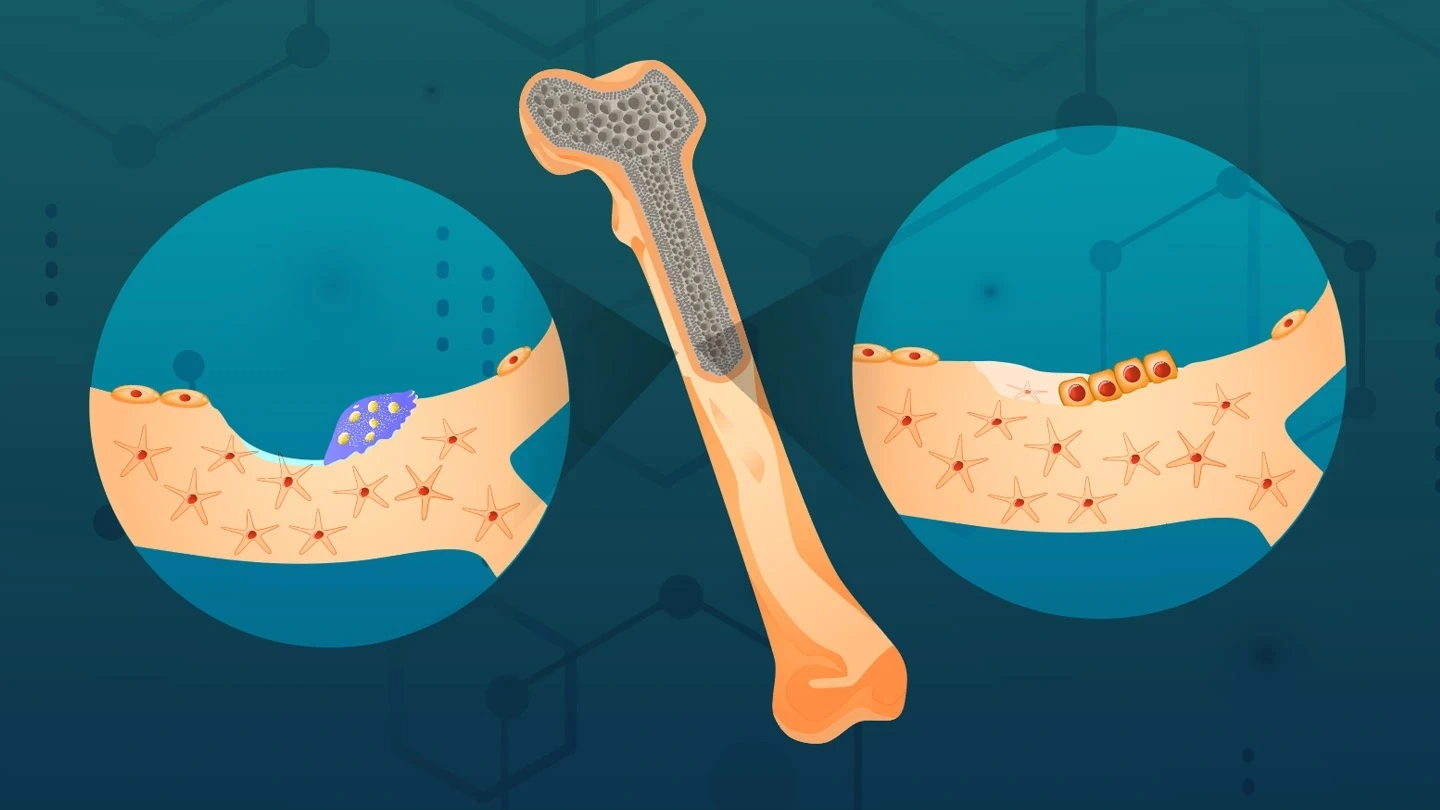
How life’s building blocks took shape on early Earth: the limits of membraneless polyester protocell formation
One leading theory on the origins of life on Earth proposes that simple chemical molecules gradually became more complex, ultimately forming protocells—primitive, non-living structures that were precursors of modern cells. A promising candidate for protocells is polyester microdroplets, which form through the simple polymerisation of αHAs, compounds believed to have accumulated on early Earth possibly formed by lightning strikes or delivered via meteorites, into protocells, followed by simple rehydration in aqueous medium. A recent study from ELSI at Science Tokyo provides new evidence supporting the formation of polyester microdroplets under a wider range of realistic prebiotic conditions than previously thought.
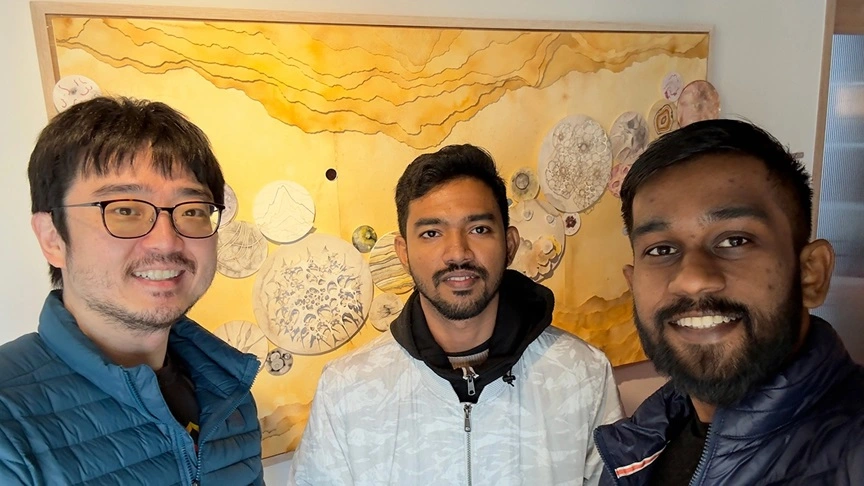
In the spotlight
- Science Tokyo Bulletinは英語で配信を行っていますが、コンテンツは一部を除いてすべて日英両方で掲載しています。
お問い合わせ
総務企画部 広報課
Email pr.content@adm.isct.ac.jp
